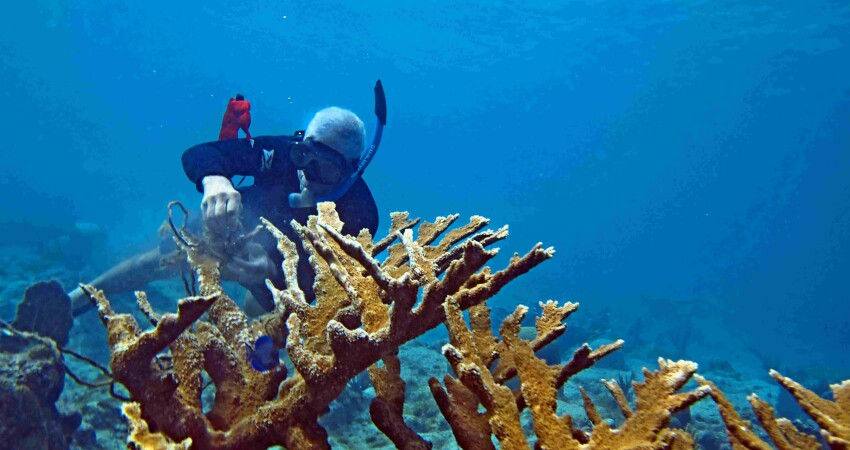According to a 12-year study, fish species in the Caribbean Sea are not bouncing back as anticipated in marine protected areas (MPAs). Researchers claim that rising water temperatures, coastal development, and marine protection regulations are to blame.
The 1000-kilometer Mesoamerican Reef, a unique ecosystem along the Caribbean coasts of Belize, Guatemala, Honduras, and Mexico, is a haven for diverse marine life. It is home to an impressive array of 500 different fish species and 65 species of coral. Over the past three decades, the governments of these countries have established numerous MPAs to safeguard the reef’s invaluable biodiversity and restore fish populations that have dwindled due to overfishing. These areas, which permit fishing only during specific seasons, have also prohibited certain types of fishing equipment and imposed restrictions on tourism and mining.
Though MPAs vary widely in purpose, legal authorities, management agencies, administrative approaches, level of protection, and restrictions of human use, they function to conserve, manage, and protect natural and cultural resources within marine environments, states NOAA Fisheries. “Buck Island Reef National Monument, St. Croix East End Marine Park, and Isla de Mona Natural Reserve have been established specifically to protect and conserve unique natural areas and the rare marine life that are dependent upon them.”
Steve Canty and his colleagues from the Smithsonian Environmental Research Center in Maryland conducted a comprehensive analysis of fish biomass changes between 2006 and 2018 across 111 protected sites and 28 unprotected sites. The data, collected through surveys by scuba divers as part of the Healthy Reefs Initiative, provides compelling evidence of human activities' impact on marine ecosystems.
The Smithsonian Environmental Research team found that the adult fish population increased in only 11 of the MPAs. However, 28 of the protected sites saw a decrease, and the rest had no changes in the populations. With the increased population areas, the study found that there were fewer sea surface temperature changes with adequate enforcement of MPA regulations, and the sites with poor recovery tended to see the opposite of those two factors.
Canty told New Scientist, “Enforcement plays a big part in how successful some of these areas are.” He further suggested that local people whose livelihoods rely on adult fish should be given a more significant role in managing the MPAs. “The MPAs should be placed in areas that are more shielded from climate change and easier to manage, which is also vital.”







